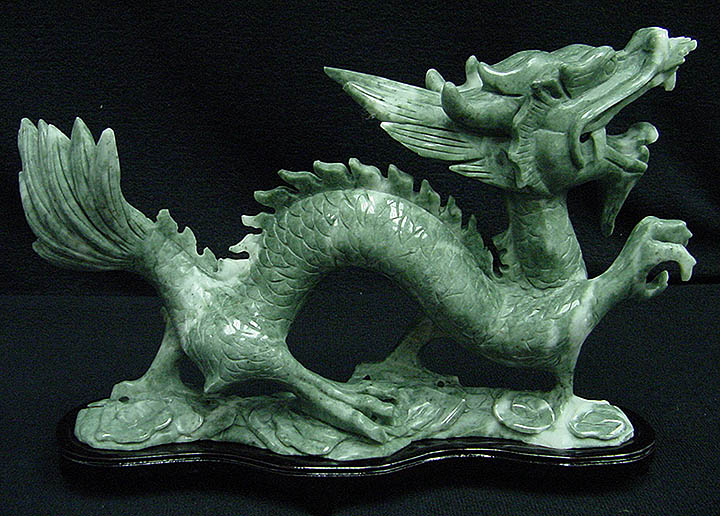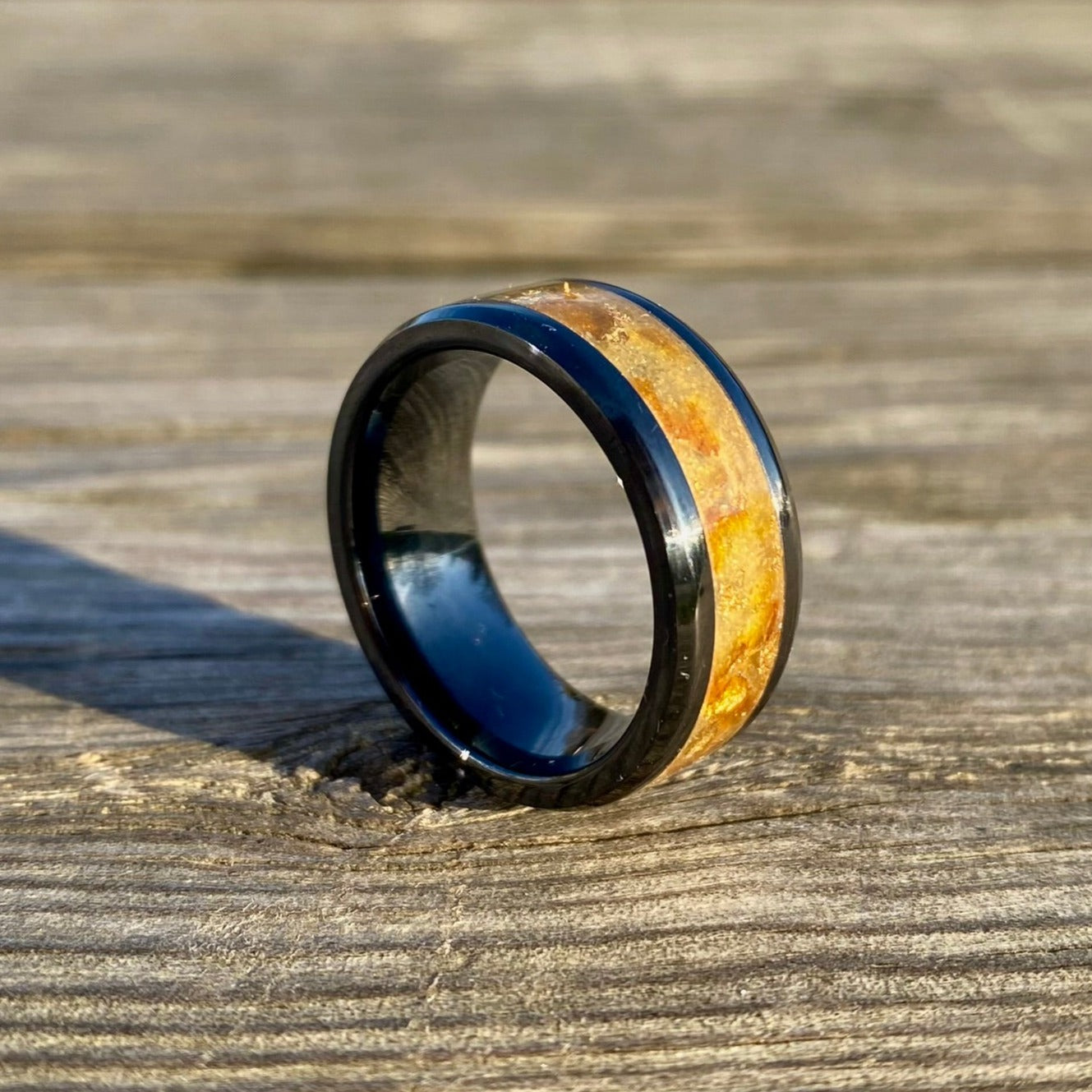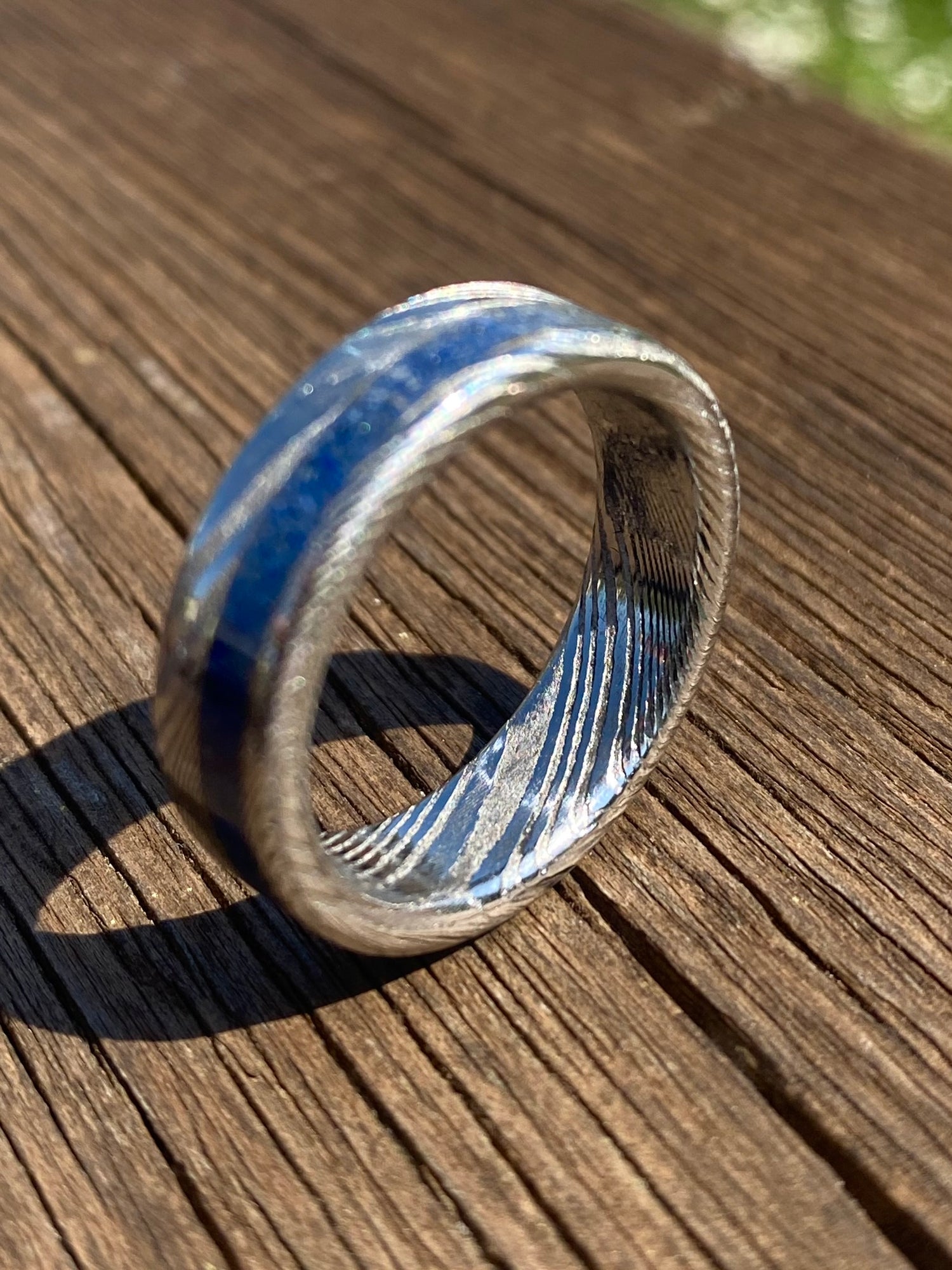🔍 Stone is a hard stone belonging to silicates; predominantly green in color, but also present in numerous other colors. It is not strictly a mineral, but rather an aggregate of jadeite and nephrite, two minerals distributed within the stone creating structures with fine granules and intertwined fibres.
𝐅𝐨𝐫𝐦𝐮𝐥𝐚 𝐜𝐡𝐢𝐦𝐢𝐜𝐚: 𝐍𝐚𝐀𝐥𝐒𝐢𝟐𝐎𝟔 (Jadeite) - 𝐂𝐚𝟐(𝐌 𝐠,𝐅𝐞)𝟓[𝐒𝐢𝟒𝐎𝟏𝟏]𝟐(𝐎𝐇)𝟐 (Nephritis)
𝐃𝐮𝐫𝐞𝐳𝐳𝐚 (𝐌𝐨𝐡𝐬): 6.5 - 7
𝐒𝐢𝐬𝐭𝐞𝐦𝐚 𝐂𝐫𝐢𝐬𝐭𝐚𝐥𝐥𝐢𝐧𝐨: Monoclinic
Colors: Opaque, Translucent
⏳ The name jade comes from the Spanish “𝘱𝘪𝘦𝘥𝘳𝘢 𝘥𝘦 𝘪𝘫𝘢𝘥𝘢”, which means “𝘱𝘪𝘦𝘵𝘳𝘢 𝘥𝘦𝘪 𝘧𝘪𝘢 𝘯𝘤𝘩𝘪”, for its ancient use in the prevention and treatment of kidney pain.
The first extractions in China, where it was considered an "imperial gem", date back to 6000 BC for the creation of jewellery, interior decorative objects and tomb ornaments.
Even in Maori culture, jade, called "jade", is a sacred and precious material. Associated with concepts such as strength and longevity, stone has a profound spiritual meaning and is used to create cultural and traditional objects such as amulets and weapons, representing an integral part of Maori rites, myths and legends.
🧪 Jade develops in compact and fibrous masses, with a glassy shine.
Jadeite (𝐍𝐚𝐀𝐥𝐒𝐢𝟐𝐎𝟔) is mainly formed in igneous rocks through subduction processes. During the metamorphism of rocks rich in sodium and aluminum, high pressures and temperatures favor crystallization.
The formation of nephrite (𝐂𝐚𝟐(𝐌𝐠,𝐅𝐞)𝟓[𝐒𝐢𝟒𝐎𝟏𝟏]𝟐(𝐎𝐇)𝟐) occurs through the metamorphism of rocks rich in calcium and magnesium minerals, under specific conditions of pressure and temperature. During formation, it can incorporate traces of other elements such as iron, chromium and manganese which affect its color.
Jade's distinctive green is often attributed to the presence of chromium and iron in the crystalline structure.
🌎 The main jade deposits are found in China, Myanmar, Russia and Canada.







